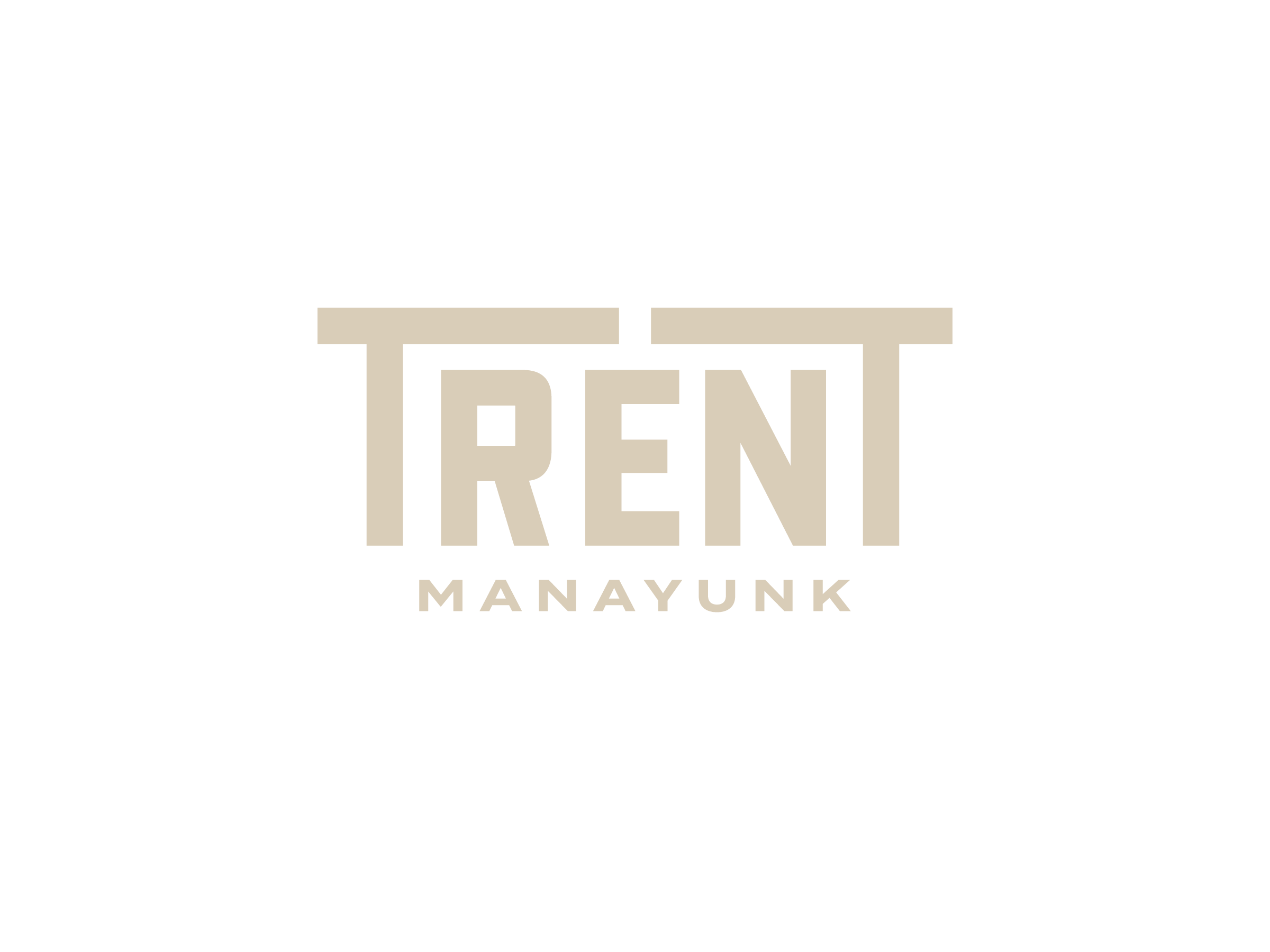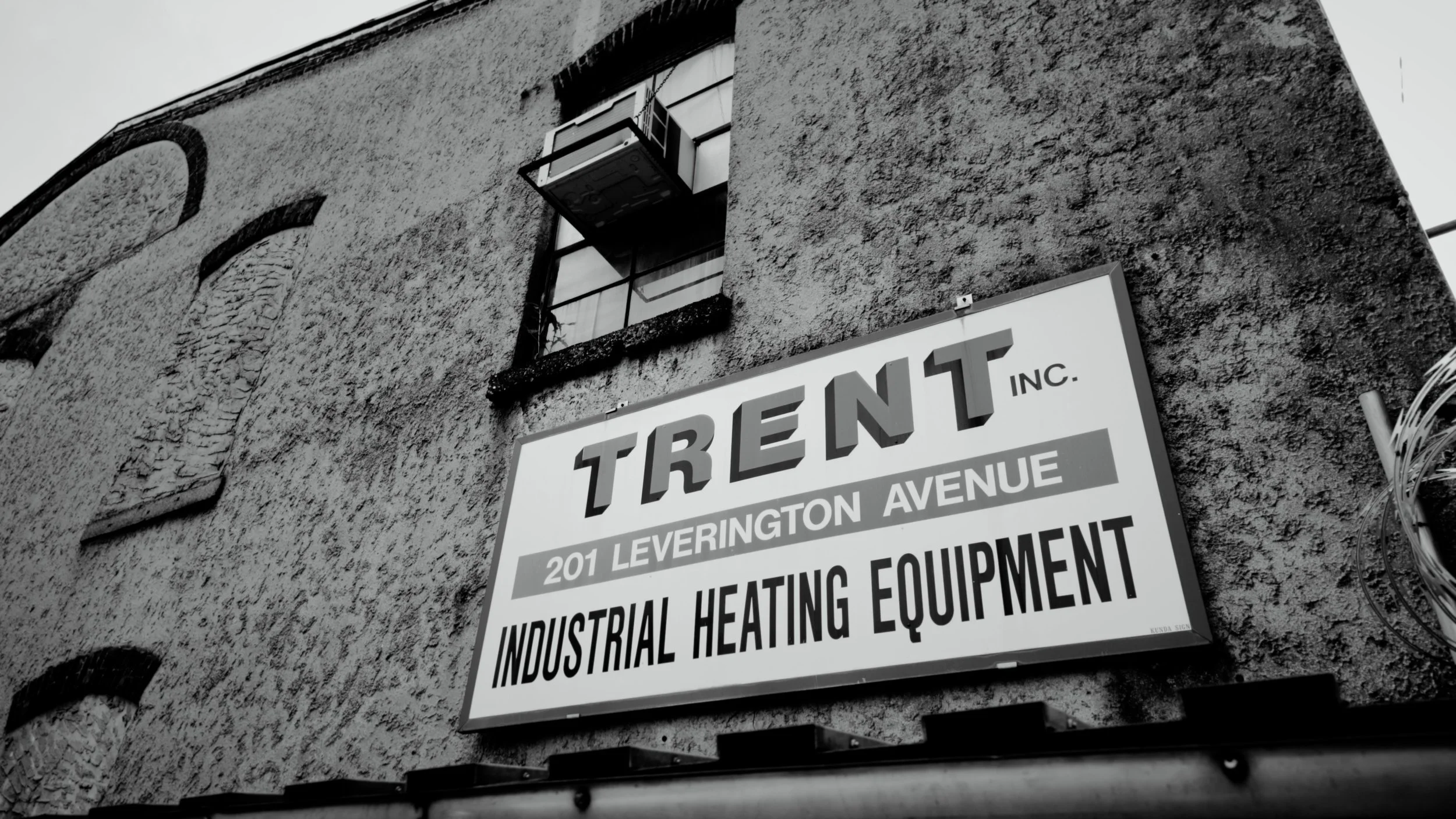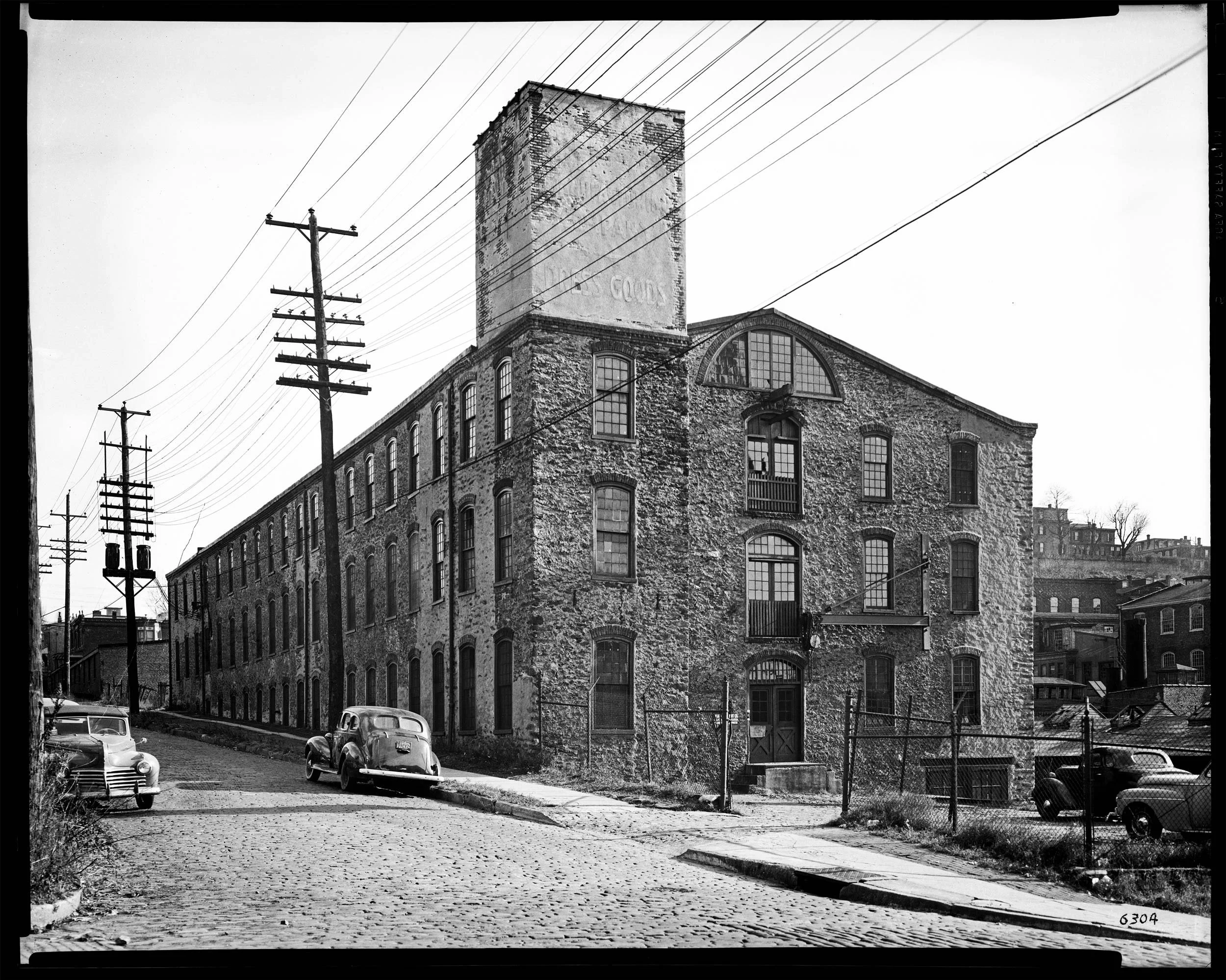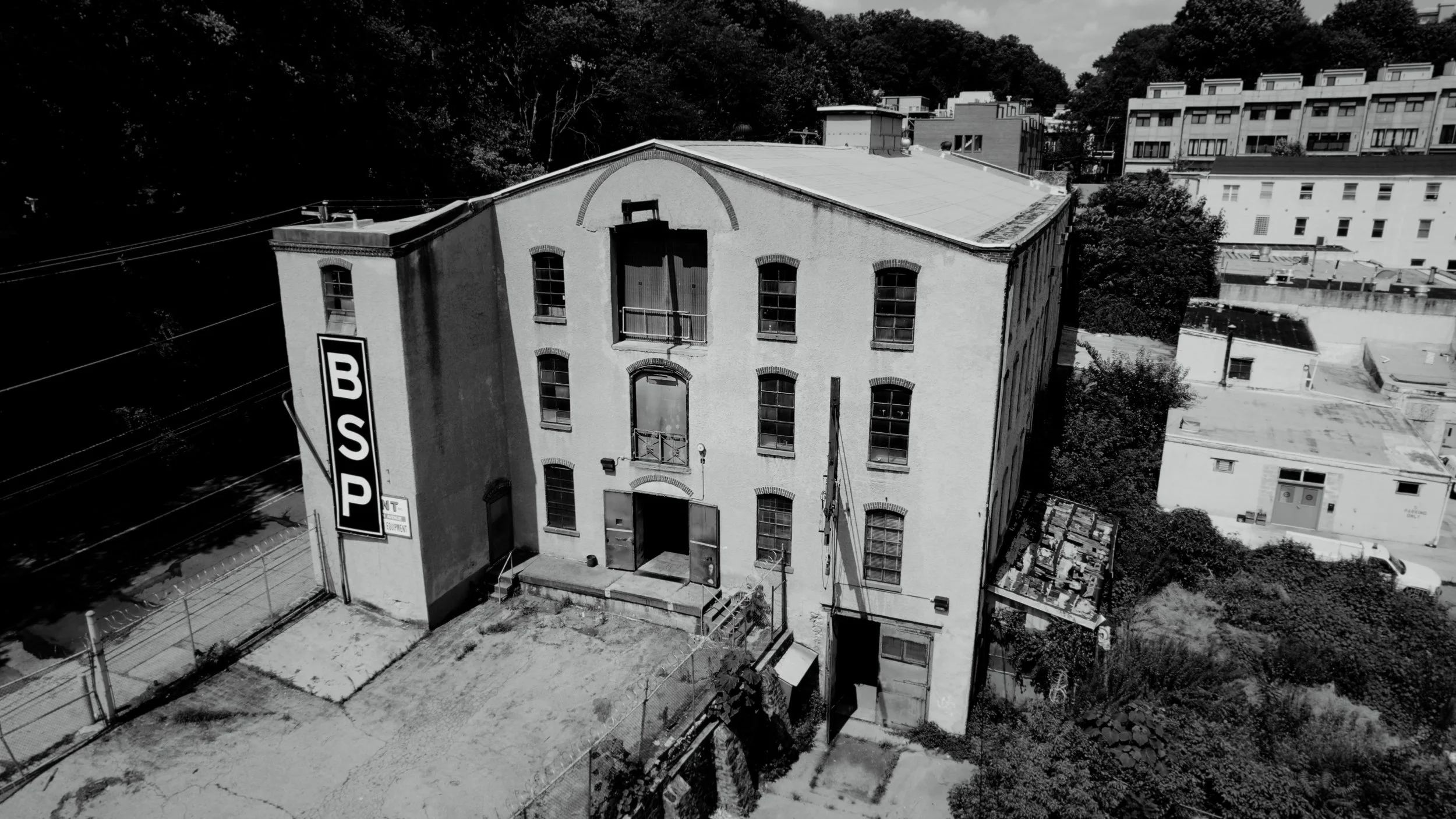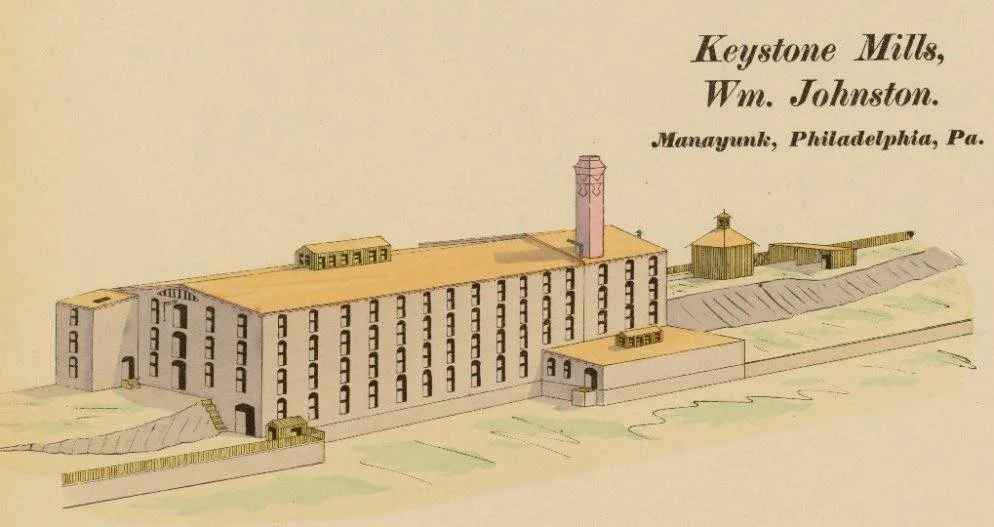A RICH HISTORY
Trent, Inc. at Keystone Mill:
A Legacy of Industrial INNOVATION
1942–2023: Manufacturing Excellence
Over the next eight decades, Trent operates from the Keystone Mill, producing a wide range of industrial heating solutions, including: Electric Furnaces and Ovens: Custom-designed for various industries, capable of reaching temperatures up to 2200°F. Heating Elements: Including tubular heaters, cartridge heaters, band heaters, immersion heaters, and strip heaters, known for their durability and efficiency.
Specialized Equipment Such as electric kettles, melters, jackets, plug heaters, water and oil immersion heaters, and hot plates. Trent’s commitment to innovation, quality, and customer service establishes it as a leader in the industrial heating industry.
March 2023: Closure of Operations
After over 80 years at the Keystone Mill, Trent, Inc. ceases operations, marking the end of an era for the historic industrial site. The closure reflects broader shifts in the manufacturing landscape and the evolving needs of the industry.
1927: Founding of Trent, Inc.
Howard E. Trent Company (later Trent, Inc.) is established in Philadelphia,Pennsylvania, specializing in electrically heated process equipment for industrial and commercial applications. The company quickly gains recognition for its innovative heating solutions.
1933: Innovation in Heating Elements
Trent patents the Folded and Formed® (F&F®) heating element, a unique configuration designed to meet the need for higher temperatures and improve temperature control in heat processing operations.
1942: Relocation to Keystone Mill Manayunk
Trent, Inc. acquires the historic Keystone Mill at 201 Leverington Avenue in Manayunk, Philadelphia. The former textile mill is repurposed into a manufacturing facility for industrial heating equipment, marking a new chapter in the building’s industrial use.
Timeline of Trent at
the Keystone Mill
1906: End of the Shoddy Era
The Johnston Brothers declared bankruptcy amid the decline of the U.S. shoddy industry. The mill ceased textile operations soon after.March
1920: New Life as a Yarn Spinning Plant
The building was sold to Sheppard Manufacturing Company, which used it for yarn spinning, continuing the textile legacy.
1942: Trent Company Acquires the Property
The Howard E. Trent Company (later Trent, Inc.) purchased the mill and converted it into a manufacturing facility for industrial heating equipment. This marked a major shift from textiles to industrial mechanics.
1887: Keystone Mill is Built
Originally constructed by Manayunk’s prolific builder S.S. Keely and Sons for William Johnston & Sons, the building operated as a woolen shoddy mill—recycling wool scraps into affordable yarn. The structure features locally quarried Wissahickon schist, distinguishing it from the typical brick mills in Philadelphia.
Keystone Mill becomes one of the city’s largest and best-equipped shoddy mills, playing a key role in sustaining Philadelphia’s textile industry during economic downturns. The Johnston Brothers take over operations in 1899 but declare bankruptcy in 1906 as demand for shoddy wool collapses.
2023: TRENT, INC. CLOSES
After over 80 years at the Keystone Mill, Trent, Inc. ceases operations,marking the end of an era for the historic industrial site. The closure reflects broader shifts in the manufacturing landscape and the evolving needs of the industry.
2024: Beginning of a new era
as Baker Street Partners, reimagine the Mill into unique residences undergoing a massive Historic Rehabilitation. The building is approved for adaptive reuse into 42 residential units. The project preserves key architectural features including exposed timber beams, original window patterns, and the historic façade.
The Legacy of S.S. Keely:
Master Builder of Manayunk
Blantyre Mills (1845, 4250 Main St.)
Lincoln Mill (1859, 4100 Main St.)
Economy Mills (1866, 4212-16 Main St.)
Excelsior Mill (1877, 4 Leverington Ave. – Keely’s own)
Kenworthy’s Mill (1878, 410 Shurs Ln.)
Keystone Mill (1887, 201 Leverington Ave.)
Keely’s signature style featured locally quarried Wissahickon schist, timber- framed interiors, and restrained red brick detailing—creating a distinct architectural language that still defines the neighborhood today. His work reflects a hyper-local vernacular that stood apart from the brick industrial buildings common elsewhere in Philadelphia, particularly Kensington. Through nearly five decades of construction, Keely helped shape Manayunk into a thriving industrial hub, leaving behind a legacy of craftsmanship and community-focused development that endures to this day.
Samuel S. Keely (1822–1899)
was the visionary behind many of Manayunk’s most enduring industrial landmarks. A Roxborough native and trained carpenter, Keely took over a local construction business in the 1840s and quickly rose to become one of the most prolific builders in 19th-century Philadelphia.
By the late 1800s, Keely had established a vast real estate and construction empire, operating a lumberyard at Leverington Avenue and Umbria Street and serving as the go-to contractor for churches, schools, homes, and—most notably—textile mills. He is credited with designing and building over a dozen mills throughout Manayunk, including:
See Availability
Located in the vibrant heart of Manayunk, PHILADELPHIA, these residences offer more than just a place to live—they offer a chance to be part of History.

